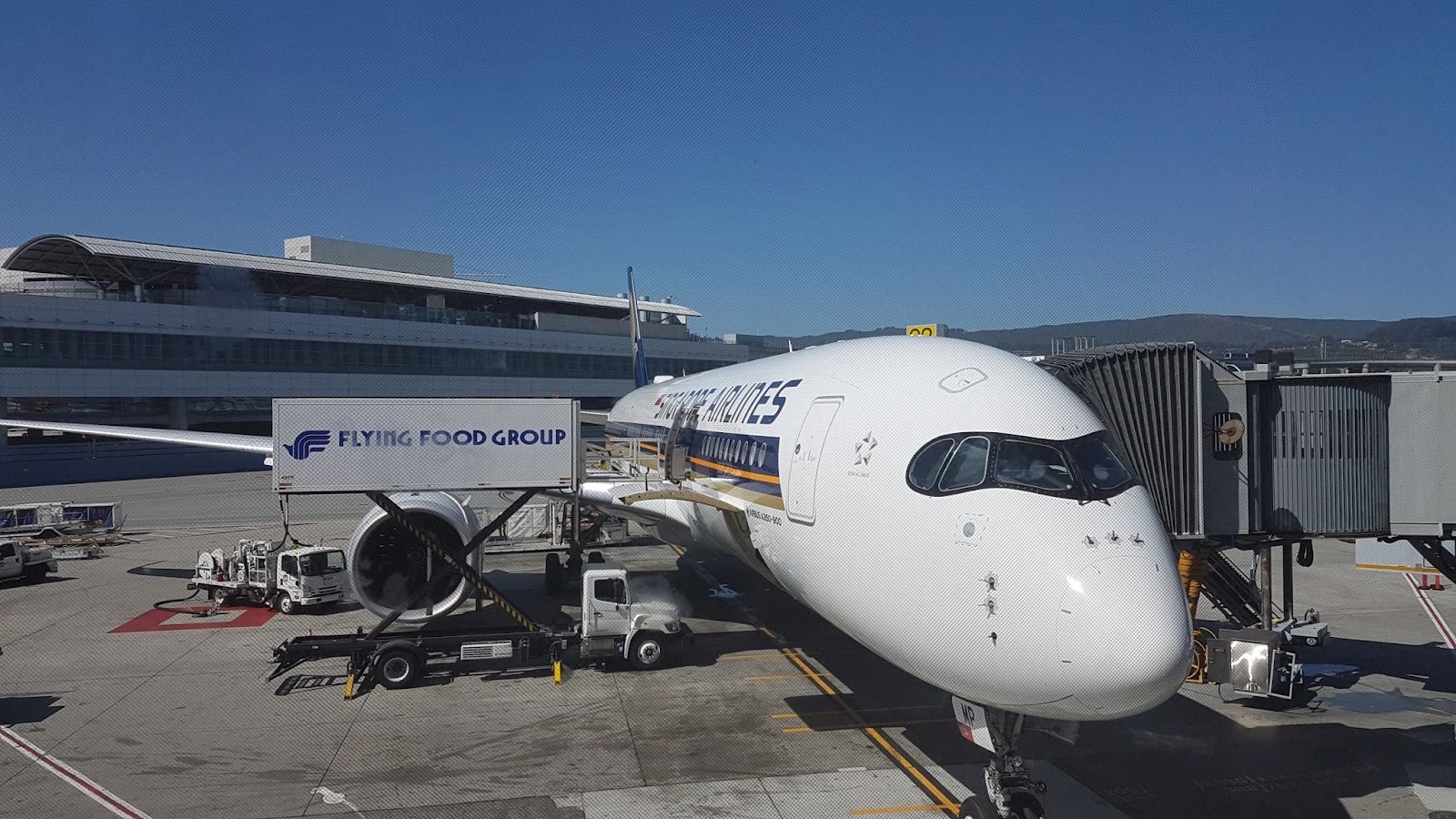Media training is more important in the digital age than ever before.
From the radio era of ‘The King’s Speech’ to the current crop of reality TV stars, audiences have made quick decisions about who they’ll believe. Our phones and tablets now serve up endless so-called influencers, who are just a swipe away from winning or losing a new follower.
Media training is all about bringing credibility back. And credibility is definitely a point of difference in the digital age!
That tiny screen in your pocket packs a massive punch in persuasive power. We make decisions about what we buy or how we vote based on the people we see on that screen. So, it makes sense for those performers to be savvy about the impression they create.
A newsroom view of media training
Journalists have come to appreciate media training in recent years and they often expect their interviewees to have some expertise.
“In the nineties, I saw media training as a dark art to manufacture masters of deceit,” says Kelly Brennan, a senior media trainer at Media Manoeuvres.
“I changed my mind over decades of awkward efforts to interview unprepared or nervous people,” she explains. “I came to realise that media training is just as important as any other professional development.”
Extra benefits of media training
The benefits for the trainee also go well beyond the traditional news media. The skills are beneficial for any presentation or public speaking scenario. Especially now when people expect a smooth and confident delivery befitting the digital age.
Media training should be much more than a simple Q&A run through. It needs to be put together using executive training and active learning principles. You should learn skills and techniques that you’ll readily remember. And use them again and again after the right training in a range of different scenarios, like public meetings or addresses to staff.
Through training you should learn the theory of what needs to go into a media message, useful techniques to deliver messages for different types of media, and have time to put new skills into practice through simulated interview rehearsals.
For the media, and for all other audiences, it’s about cutting through to the person receiving the message. And it definitely is NOT about old fashioned ‘spin’ or bluffing the interviewer.
Embrace the digital age
Once we can see the benefits of media training beyond the news interview, it’s a natural extension into the digital world. Or, more correctly, into the digital space in our real world!
Video is a powerful communication tool. Strong leaders stay in touch with the people in their organisations through video posts. It’s the new normal.
Senior executives speak to customers and shareholders through social media sites. School Principals now send video messages to parents instead of printed newsletters.
They aren’t using digital media just for the sake of it. They aren’t indulging in frequent, unfiltered visual thought bubbles. They have a distinct purpose, a clear message and a modern tool to communicate with their audience.
These leaders are bringing credibility back with authentic delivery of important information.
It can be daunting to try this if you aren’t used to preparing key messages or delivering them on camera. So, media training is a valuable investment, along with on-camera presentation skills.
Put yourself in the picture
If you use a mobile phone, a computer, and perhaps a tablet as well, then you’re already part of the digital world. Why not put yourself in the picture too?
The communication value is immense. Instead of just holding the TV remote, you’re able to step into the control room and produce your own show.
Just make sure that you’re ready for that close-up as a confident and credible star of the pocket-sized production.





